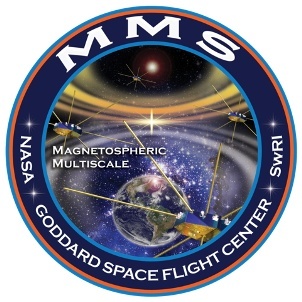Page History
...
Specifically, and in priority order, MMS
...
addresses three main objectives:
- Determine the role played by electron inertia and
...
- turbulent dissipation in
...
- driving magnetic reconnection
...
- in the electron diffusion region
- Determine the rate of magnetic reconnection and the parameters that control it.
- Determine the role played by ion
...
- inertial effects and turbulence in the physics of magnetic reconnection.
Everyone knows magnets exert forces, but did you know that magnetic fields act a lot like muscles that store and release energy as they tie space plasmas together? Magnetic connections switch in a process called "reconnection" that controls space weather forces and energy flows. The switch occurs in tiny volumes of space called "diffusion regions" where the magnetic field lines take an "X" shape separating magnetic muscles that connect two plasmas from those that do not. MMS will observe how, when and where the magneto-muscular switch occurs and why it is often explosive, especially when one plasma tears free from another.
Based on the MMS launch date of 12 March 2015, the mission schedule calls for commissioning through August 2015, with Phase E beginning 1 September 2015 and running for 36 months, through August of 2018, and likely through the end of FY2017.
Mission Links: MMS @ GSFC | SMART @ SwRi
...
Senior Review 2020, extended these objectives to include:
- Investigate magnetic reconnection in all near-Earth environments,
- Determine the processes which heat plasma populations and accelerate particles to large energies,
- Study the way turbulent processes interact on kinetic scales, and
- Investigate the microphysics of collisionless shocks.
Senior Review 2023, includes:
- Understand how reconnection works in the boundary regions of Geospace for a wide range of plasma conditions
- Understand the processes that heat plasma populations and accelerate particles to large energies, especially their relationship to magnetic reconnection.
- Determine the nature of kinetic-scale turbulence and its role in reconnection and particle acceleration
- Investigate the kinetic physics of collisionless shocks for a wide range of Mach number
About the Team:
MMS Science Team
Science Working Group
Interdisciplinary Science Teams
Resources
- ISSI Volumes on Multi-Spacecraft Data Analysis
